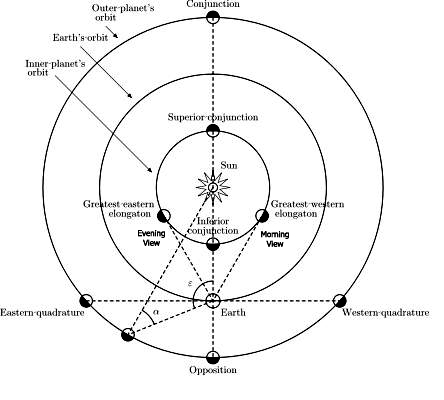CELEBRATING ASTRONOMY
IN IRELANDS
MIDWEST SINCE 1986
Home About The Club Joining the Club Contact the Committee Club News Meetings Timetable Club Equipment Observing Sites Burren Starparty Gallery Observing Guide Weather Telescope Help Books/Shops + Links

Observing Guide:
Click on the icons for details
about meteor showers, the Sun,
Comets. observing challenges....
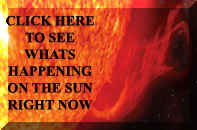 |
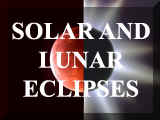 |
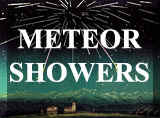
|
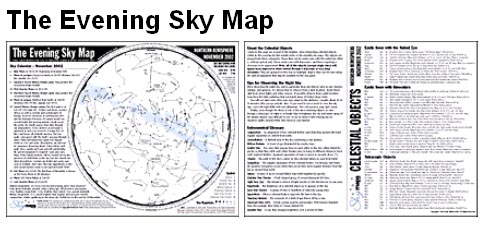 |
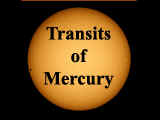 |
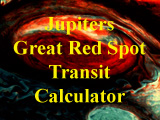 |
 |
 |
 |
| Current Moon Phase |
OBSERVING GUIDE Click this LINK to go to the IFAS forums where Neil McKeon has a monthly update on what's happeneing in the sky this month.
|
| Common
words/phrases used in observing, explained.. The ZHR or Zenithal Hourly Rate is the number of meteors an observer would see in one hour under a clear, dark sky with a limiting apparent magnitude of 6.5 and if the radiant of the shower were in the zenith. The rate that can effectively be seen is nearly always lower and decreases as the radiant is closer to the horizon. The Zenith is the overhead point in the sky. The radiant is the point in the sky, from which (to a planetary observer) meteors appear to originate, i.e. the Perseids, for example, are meteors which appear to come from a point within the constellation of Perseus. When the radiant is quoted as “circumpolar”, it is never below the horizon and visible all night, otherwise the times quoted are when the constellation in which the radiant lies rises above the horizon in the East. A fireball is defined by the International Astronomical Union as a meteor brighter than any of the planets, i.e. magnitude -4 or brighter. The International Meteor Organisation alternatively defines it as a meteor which would have a magnitude of -3 or brighter at the zenith. The ° symbol in the guide is that for degrees. A degree is two full moon widths to give an idea for judging any distances quoted in the guide. An asterism is a collection of stars seen in Earth's sky which form simple patterns which are easy to identify, i.e. the Big Dipper. They can be formed from stars within the same constellation or by stars from more than one constellation. Like the constellations, they are a line of sight phenomenon and the stars whilst visible in the same general direction, are not physically related and are often at significantly different distances from Earth. Mag is short for magnitude which is the measure of an object’s brightness. The smaller the number, the brighter the object. The brightest object in the sky is the Sun at mag -26, the full moon is mag -12 and Venus the brightest planet is mag -4. The brightest stars are mag -1. If there is a 1 mag difference between two objects – there is a difference in brightness of a factor of 2.5 between the two objects. For example the full moon is eight magnitudes brighter than Venus on average which means it is 1,526 times brighter than Venus. Objects down to mag +6 can be seen with the naked eye under very dark skies. Local time is always quoted in the guide and this means for November – February – universal time (UT)/GMT is used and for April to September – daylight savings time (DST, = GMT+1). For the months of March and October when the clocks go forward/back respectively, both times will be used and attention should be paid to any times at the end of these months for that change. Deep Sky Objects such as galaxies, nebulae and star clusters are classified in catalogues such as the Messier catalogue for objects like M44 – M for Messier. Another example of a catalogue would the New General catalogue whose objects have the prefix NGC.
|


